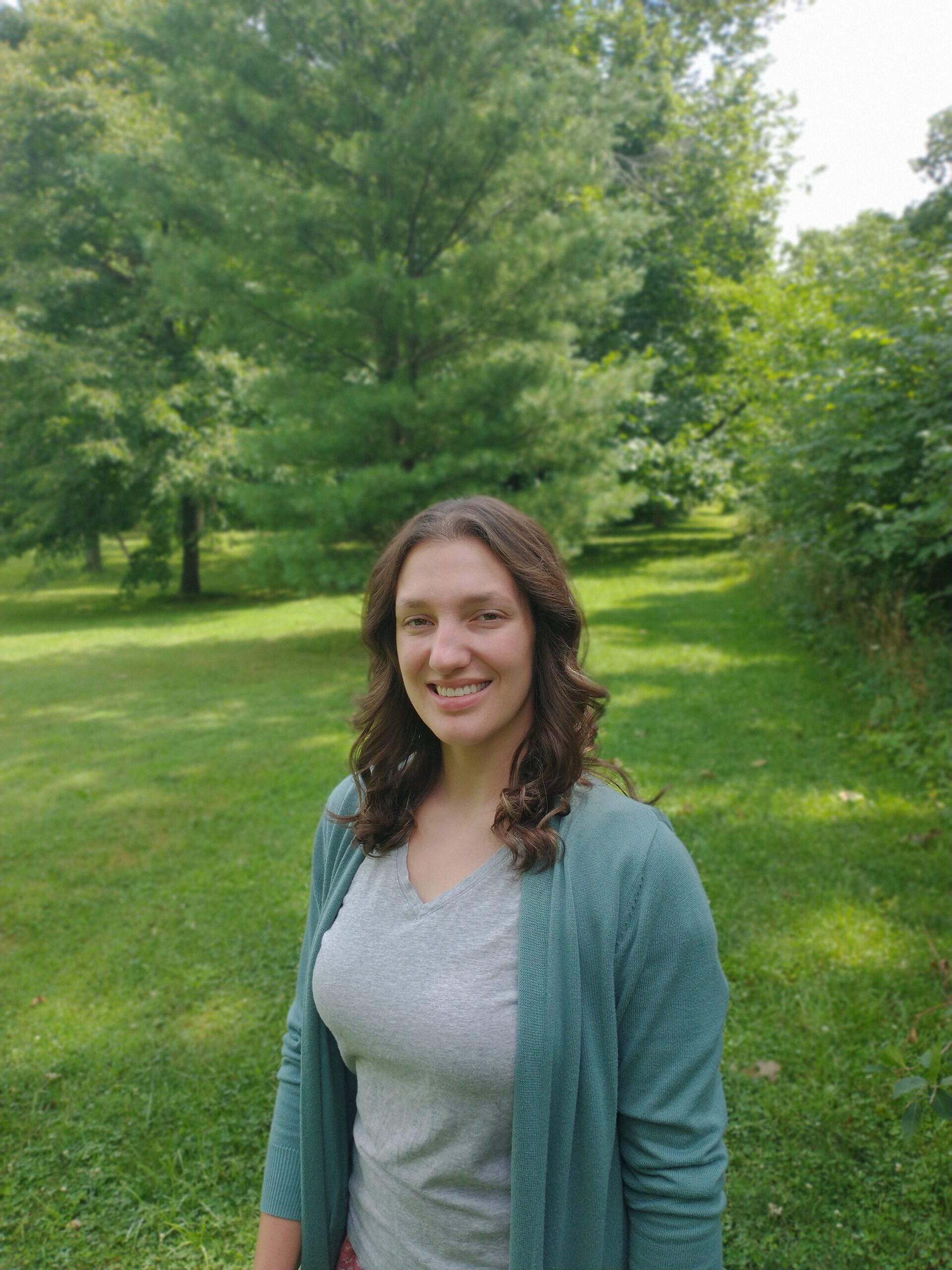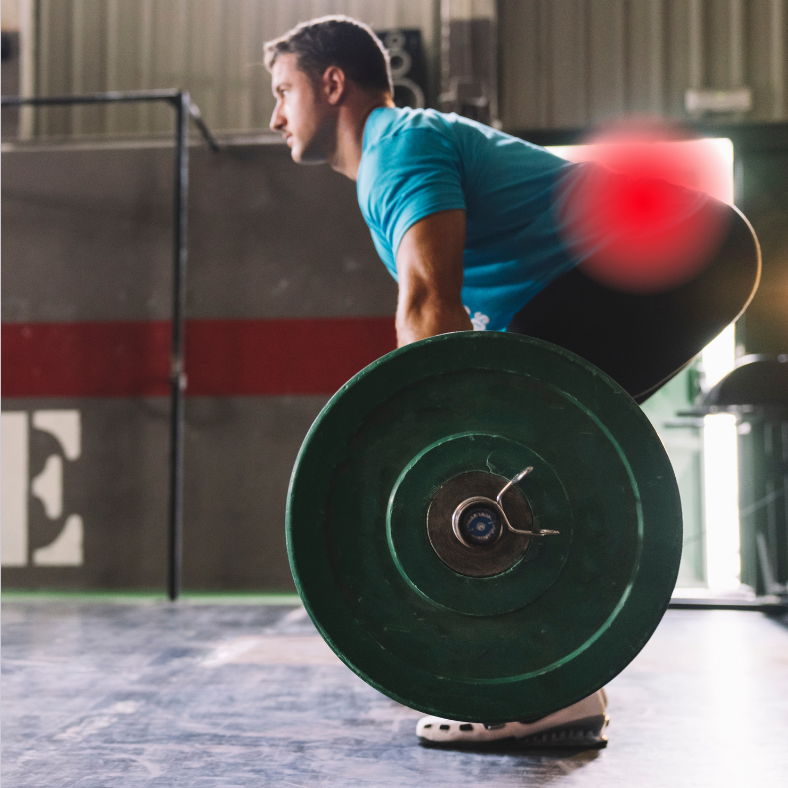
Imagine this: you’re deadlifting a new PR. 3x your body weight. You’ve been working on your fitness & strength for the last year. You feel good. You feel strong. You’re proud of your dedication & improvement. You’ve practiced the form, and the proper mechanics, you’ve eaten the right foods, and you’ve lost 30lbs. You’ve done it all right to lead up to this moment. You squat down, you put your hands on the bar, you hold your breath & brace against your belt, you pull, and….something shifts in your back. Immediate pain. Searing pain. You can’t move your back. You feel stiff. You walked in like a champion & walked out like an old person. Over the next few weeks, you try to recover on your own. You take ibuprofen or Tylenol, you stretch, you walk, and you try to find as comfortable a position to sleep as you can. This goes on for weeks. You work on knees to chest, rotation stretching, and look up hip stretches on the internet because the pain has moved to the center of your left buttock as well as your low back. You’re getting better, but not in a substantial way that’s allowing you to get back to the gym & lift the way you want to again. You go see the local orthopedic doctor. You’re with them for 10 minutes & they tell you that you have a low back strain. They give you muscle relaxers, and tramadol, & tell you not to push through the pain. They tell you to come back in 8 weeks if it still hurts. You do that. No change. Now it’s been 3 months since you hurt yourself & you still aren’t back to weight training & exercising like you want & you’ve gained 15lbs back.
What’s the real problem in this scenario? There are many, but the primary one is that you don’t know what the ROOT cause of your back injury is. You don’t know what’s wrong, so you don’t know how to fix it. It’s as simple as that. Low back pain can be very complex and it can be hard to figure out what’s happening on your own. We put together this guide to help! We’ll break it down into the three most common causes of low back pain.
Disc Herniations
We all likely know someone who’s had a disc herniation. Most often, this condition is caused by an injury when we are bent forward (i.e. lifting weights, picking up a heavy box, bending down to weed), after giving birth, or happens overtime at a job where we sit a lot (i.e. office work, truck drivers, etc). This condition is caused nucleus pulposis (the innermost portion of the vertebral disc) protruding outward & pinching a nerve between it & the surrounding bone of the vertebral body.
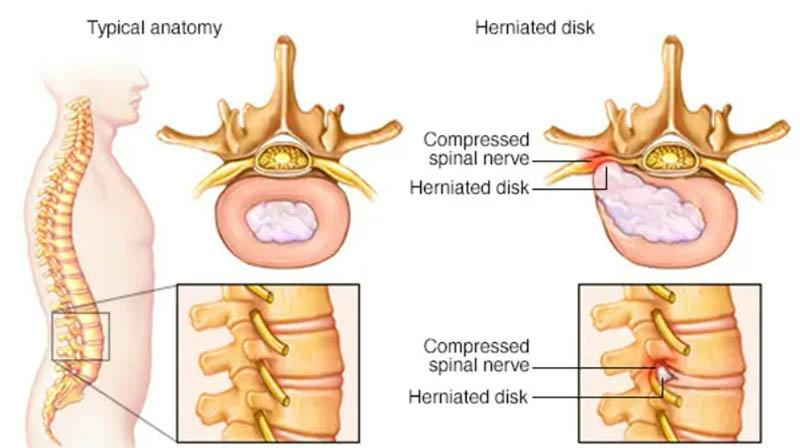
Symptoms include increased pain with:
- Sitting or bending over
- Picking up or holding weight
- Sneezing & coughing
- Sleeping (occasionally)
- Standing (in worst cases)
- Putting weight on one leg more than the other leg
This condition can cause pain to run down or radiate from your back to your hip, leg, or foot. You can experience a lot of pain sensations including aching, burning, numbness, tingling, stabbing, searing, throbbing, pins & needles, & more.
Stenosis
Stenosis isn’t a condition so much as a symptom or side effect of many low back pain conditions. We’ll go over some of those causes here. Stenosis means that there is a space that’s narrowing. Usually, this space is the location where the spinal nerve runs & comes out to innervate the rest of the body. So let’s look below at how one can suffer stenosis.
Spondylolisthesis – Better Known as Vertebral Slippage
This big, fun word is pronounced spawn-dee-low-lis-thee-sis. It occurs when one vertebrae slips forward on the one below it.
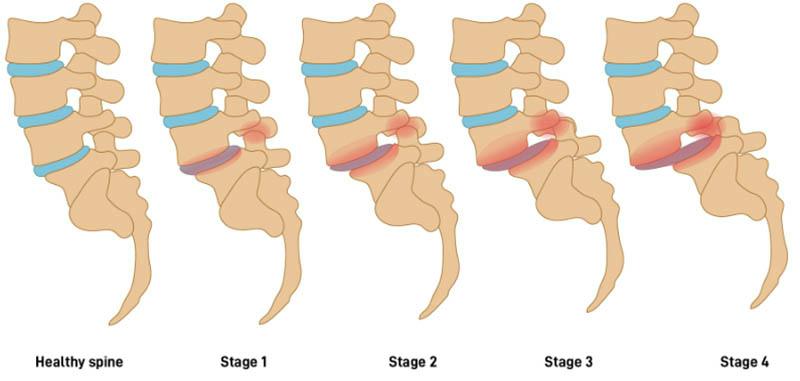
This is usually caused by an overextension injury but also can come on with age & degeneration of the spine as we age (read more here). Inactivity worsens this condition & increases your risk for it. This slipping forward causes increased pain with:
- Standing
- Walking
- Sleeping on your stomach
This condition can cause radiating pain (pain that runs down) your back, buttock, hip, leg, & foot. The pain can be achy, dull, sharp, shooting, numb, and/or tingly. Some nerve pinching or stretching can occur which causes worsened symptoms.
Spondylolysis – Fracture of the Pars interarticularis
Otherwise known as the “Scotty Dog Fracture” this condition is caused by a fracture of the pars interarticularis. The job of this section of the vertebrae is to connect the spinous process & transverse process as well as stabilize the vertebrae, namely at the facet joints.
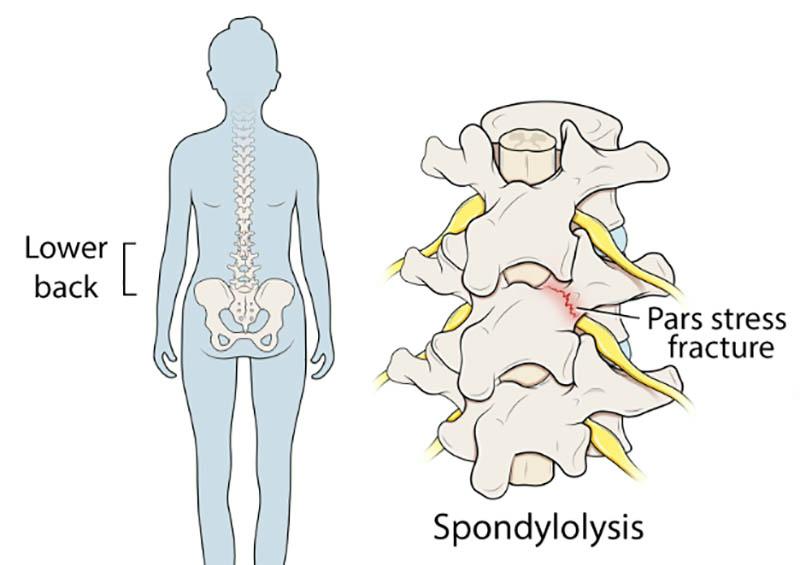
When this happens the vertebrae can slip forward causing stenosis & pinching of the nerves. This is usually caused by a stress fracture or a traumatic injury. Usually, patients will experience pain with:
- Contact sports
- Any back motion to end range, but extension/back bending feels worst
- Inactivity
This pain can radiate pain into the back, butt, hips, legs, & even down to the feet. The pain can be sharp, achy, shooting, numb, tingling, burning, or stabbing in nature.
Spondylosis: Good Ol’ Arthur
If you have experience with arthritis, you know who Arthur is. Lumbar spine arthritis is degeneration of the vertebral discs. This is also known as spondylosis of the lumbar spine.
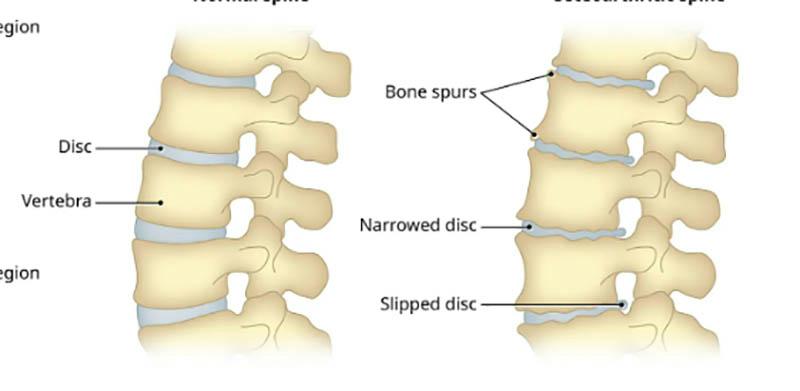
This happens as we age, but also with wear and tear. So if you bend forward to pick up boxes a lot at work improperly, lift a lot of weights with improper form, or sit a lot, spondylosis can set in. This degeneration narrows the space where the nerve comes out, leading to stenosis. With this condition, patients will experience pain with:
- Walking
- Standing
- Inactivity for longer than 30mins
- Lifting weight that’s too heavy for them
The pain can feel achy, numb, tingling, dull, or shooting. Usually, the pain comes on at the low back & buttocks/hips, but it can also happen in the legs & feet as well.
Muscle Tension
Last, but not least, muscle tension of the low back can cause pain as well. This can be due to a traumatic injury or come on over time with repetitive use or sitting for long periods of time. The back muscles are most often affected are the quadratus lumborum, lumbar paraspinals/erector spinae group, & multifidus. The gluteus medius, hamstrings, & piriformis as well as the other rotators of the hips can cause pain in the low back & by being very tight & limiting lumbar spine motion.
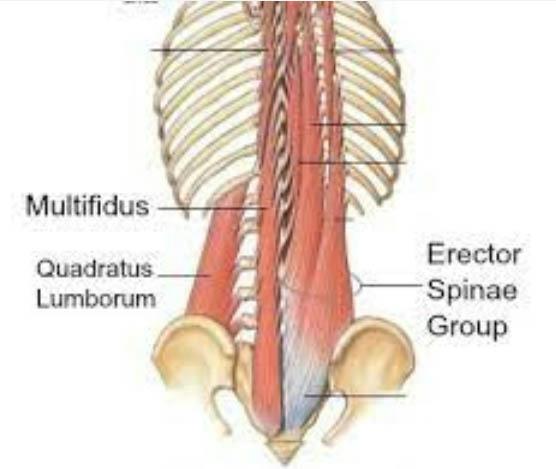
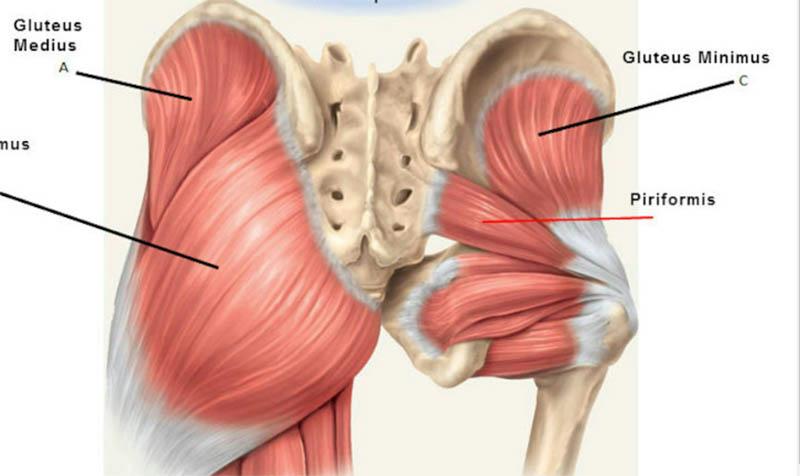
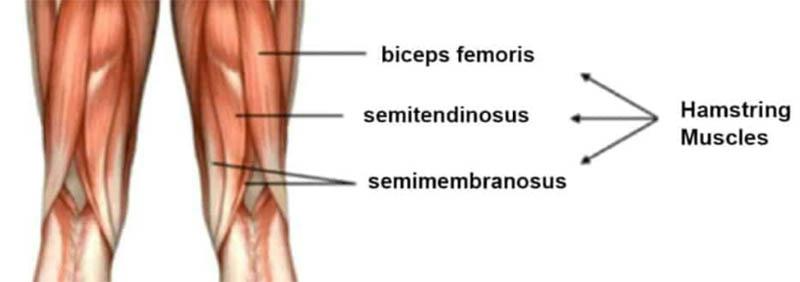
Patients will usually feel more pain with:
- Bending over
- Sitting for long periods of time
- Lifting more weight than you’re used to
- Limited movement
Pain due to this condition usually feels tight, sometimes spasming, throbbing, sharp, achy, &/or dull. This condition usually just causes pain in the low back & sometimes the buttocks.
I know what it is! Now what?
Now, most of you know what’s causing your back pain. So how do you fix it? You have a few options.
- Don’t push through mild pain & avoid the motions that cause pain.
- Try some exercises we’ve put together on our website, found here.
- If initial attempts to improve pain aren’t working, like massage, chiropractics, or these initial stretches & you’ve been dealing with your pain for longer than a month, contact us! We’ll pair you with a low back pain specialist that will get you back on track to a pain free, active, enjoyable life!

